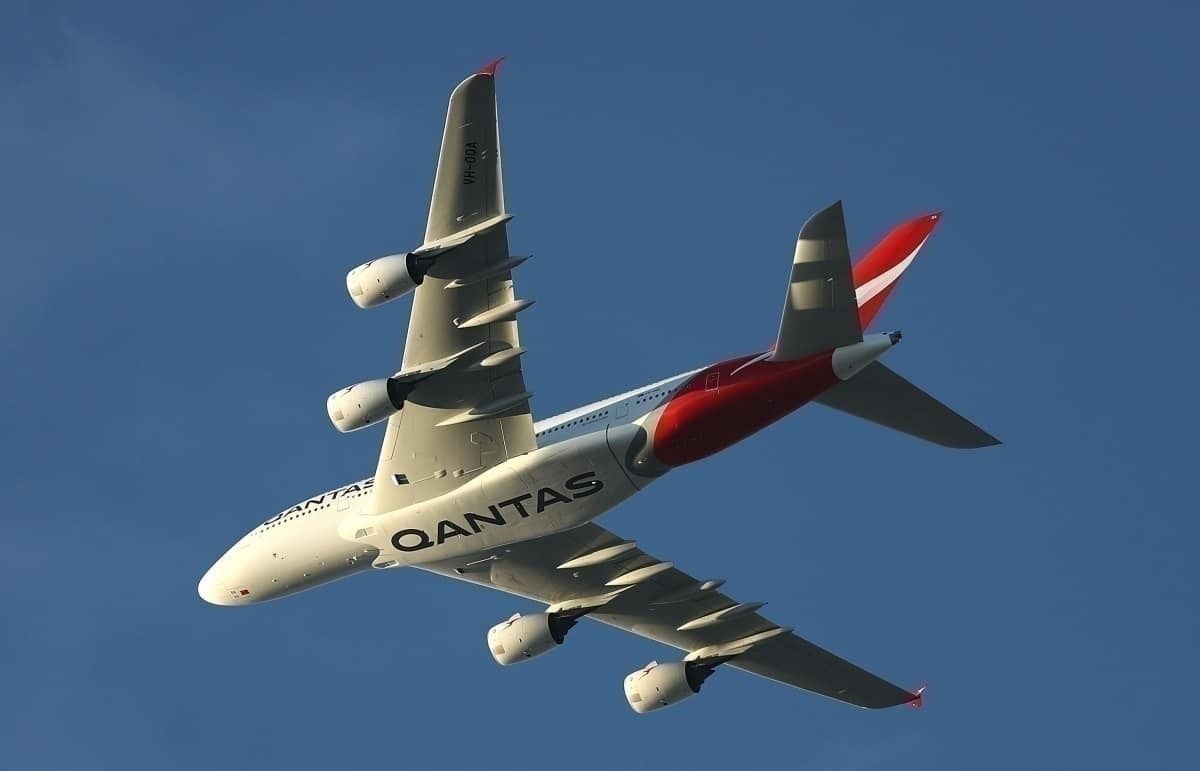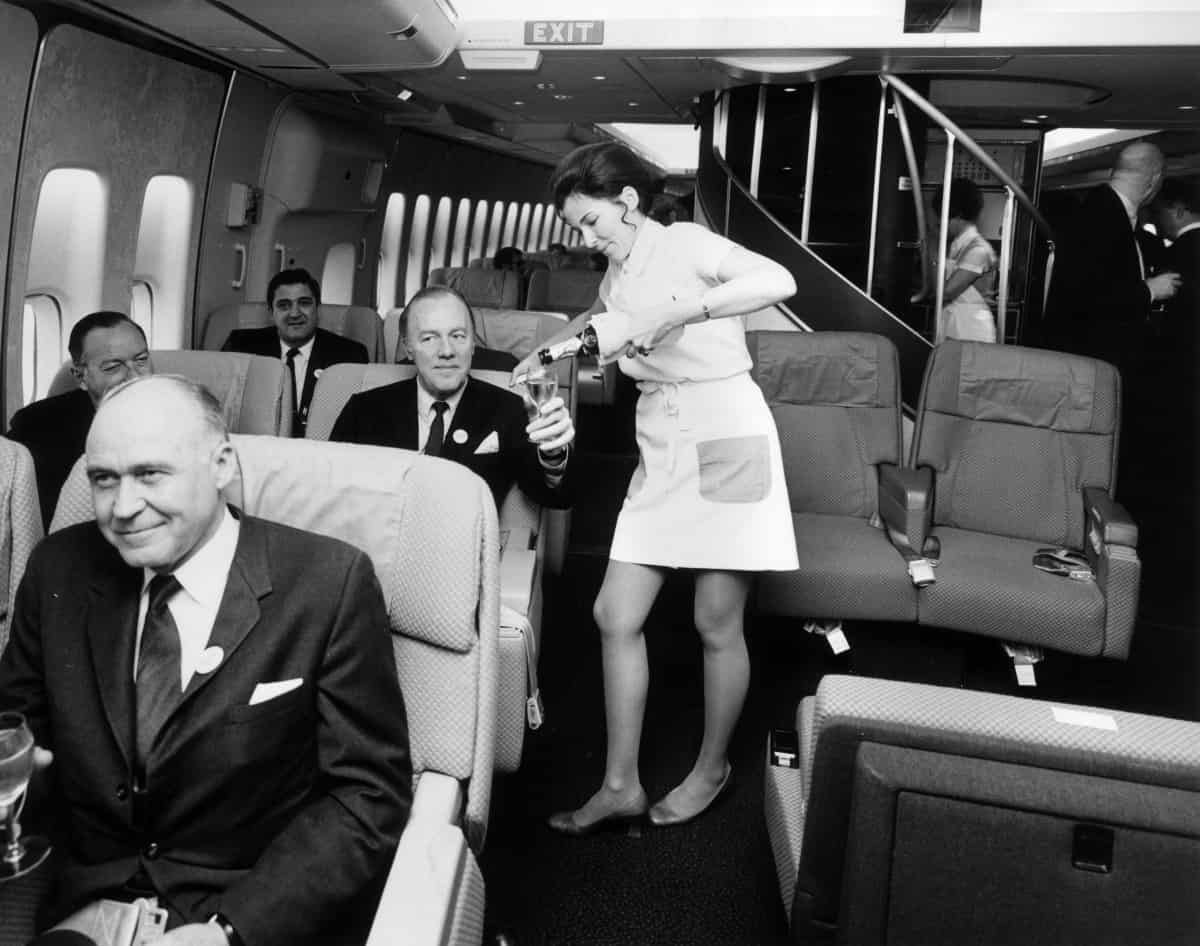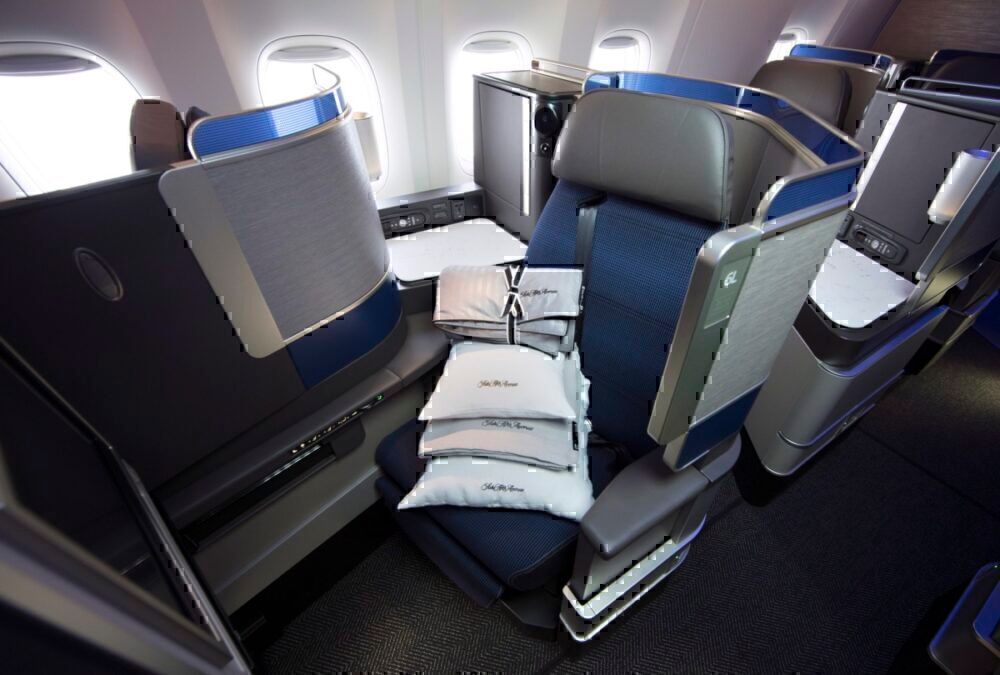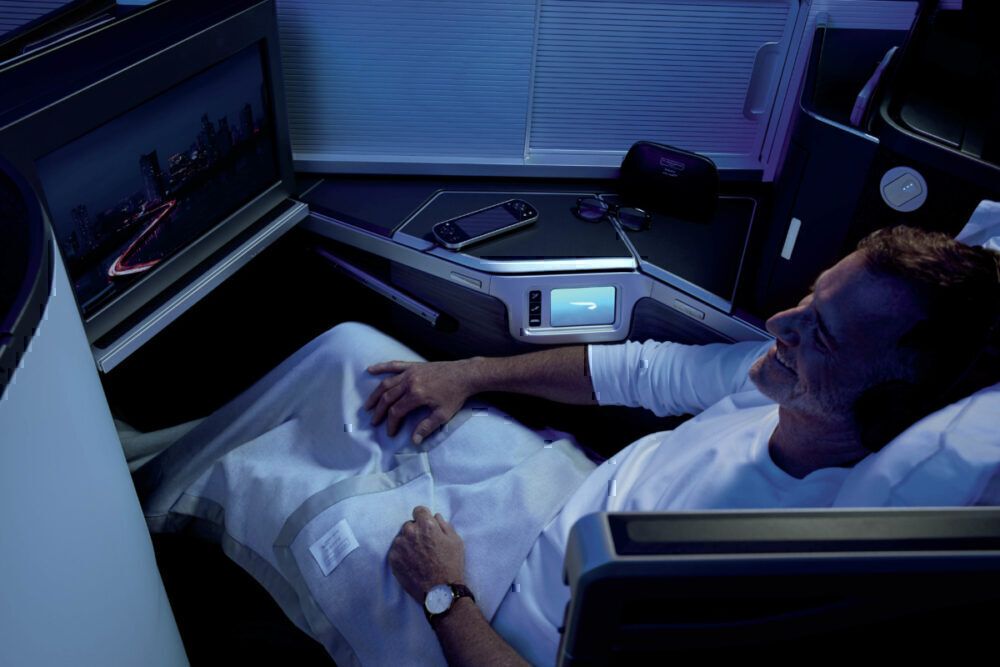These days, long-haul business class is a synonym for luxury, comfort, and exceptional service. But it wasn't all that long ago when it was first invented, though there is some debate about exactly which airline coined it. Nevertheless, business class has evolved to meet the needs of the long-haul traveler. We take a look at where it all started...
Airlines vie for long-haul business class creation rights
The idea of creating a dedicated business class offering came around at the end of the 1970s. Pan Am is widely recognized as the creator; however, Qantas claims that it is actually the unsung hero. In 1979, the Australian airline says it became the first carrier in the world to offer business class.
But then British Airways also contests these claims. In 1977, it created what is now known at Club World when it introduced the "Executive Club" on Boeing 747 flights to New York.
Whoever was the initial creator, it didn't take long for other airlines to catch on and offer the same. In fact, business class at the time was less of a brainwave and more of a settlement. Airlines were looking to keep customer satisfaction high, where it had fallen after fare disparities.
What problem did business class solve?
For travelers looking for that little je ne sais quoi, first class was the only offering that had an experience that was set apart. Yet first class fares were quite a steep jump from the regular economy seat prices. Understandably, customers didn't want to pay. However, there was also more of a need for it after deregulation.
Airlines were offering full fares as well as tickets at a discount. The full-fare travelers were sat at the front of the cabin, which instilled a sense of segregation. All that was now needed was to offer a little something extra for those that were willing to pay and make the split official.
Business class, though basic at first, worked riotously well. The reason being that it appeased both the customer and the airline. Carriers could offer these tickets at a higher price and still profited despite the added extras of this seating class. Passengers enjoyed the relative luxury.
Humble beginnings to a tailored experience
From those humble beginnings, business class has come a long way. Airlines, like United, have kitted out their business class with the latest and most innovative technological offerings in the Polaris suite.
Yet business class began not too different from some of the premium economy offerings we see today: more spacious and comfier seats. 'Cradle Seats', armchairs that reclined and allowed the user to elevate their feet, came into play in the 1990s. While they were, at the time, the latest in modernity and comfort, there was one more progression that would totally transform business class and make flying long-haul a more pleasant experience.
British Airways became the first airline in the world to offer fully lie-flat beds at the turn of the century. It's an idea that quickly became fashionable as it allowed passengers the chance to catch up on sleep with unparalleled amounts of space. Any later developments came in the form of privacy, usually in the form of sliding doors.
Long-haul business is now more comfortable than ever thanks to these ergonomic developments.
What do you think is next in the development of the long-haul business class product? Share your thoughts on this story in the comments below.




